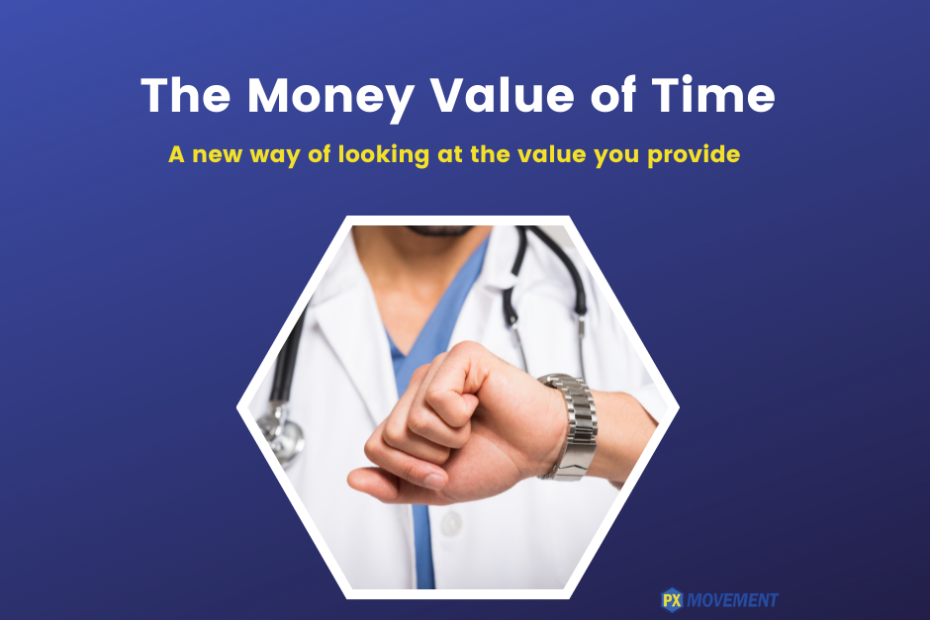A new way of looking at the value you provide
If the title sounds familiar, it’s likely because you recall learning about the Time Value
of Money. This financial term is used to help investors understand that a sum of money
available today is worth more than that same amount of money in the future.
The Money Value of Time (MVT) is a phrase coined by Experience Economy authors Pine and
Gilmore and is immensely helpful in quantifying the value that consumers place on experiences.
Because experiences are about time well spent, it makes sense to put a monetary value on that
time by boiling it down to the cost per minute.
Calculating the Money Value of Time
Calculating MVT is straightforward: a two-hour movie costs about 10 cents per minute
($12/120 minutes). Meeting up with a friend at Starbucks will run you 5-10 cents per minute.
Pricier (i.e. more valuable) experiences include playing a round of golf at Pebble Beach
($2/minute), seeing the Broadway hit Hamilton ($5/minute), and skydiving ($200/minute).
The power behind the MVT concept is two-fold. First, you can quickly appreciate the different
ways that people pay more for unique, personal, and meaningful experiences than they do for
services. There are cheaper cups of coffee, golf courses, and musicals that are readily
available. Less expensive offerings are cheaper in part because their core features and benefits
are less memorable and thus less distinguishable. The less distinguishable they are, the more
they seem like commodities (or, to be more accurate, commoditized services), where the price is
the only differentiator.
Second, every medical practice that performs elective procedures can calculate the MVT for
their offering and begin to understand how that quantifiable value compares to other
discretionary spending opportunities for consumers. If you charge $600 for a 15-minute
appointment to get a dermal filler, then you might conclude your MVT is $40/minute. But
here’s the twist. That patient gets to enjoy the benefits for the next 3-4 months, at least during
their waking hours. That time spent with the experience lasts far longer than the medical visit.
From that perspective, the MVT is now less than a penny a minute.
Similar conclusions can be made about LASIK, breast augmentation, or other one-time surgical
procedures whose benefit extends over years and even decades. These procedures essentially
offer an infinite ROI when it comes to the value provided to the patient over time.
Final Thoughts
MVT gives you a new way to view the value provided to patients by your elective procedures.
Demonstrating that value through a unique and memorable patient experience will elevate you
above the fray and make you less susceptible to the inevitable forces of commoditization that
affect the perceived value of your services.

